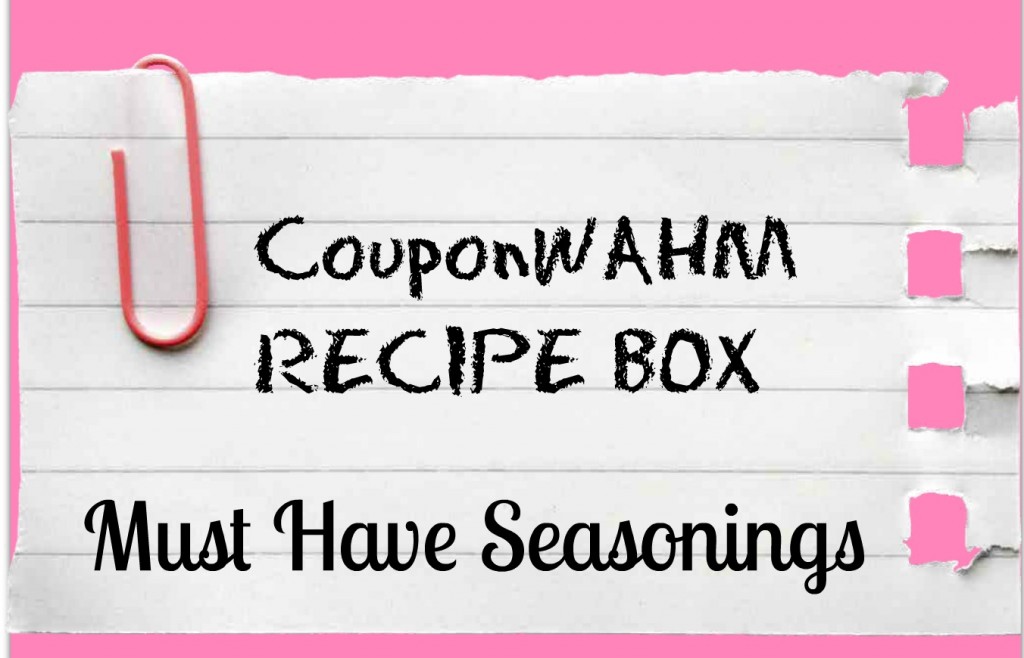With a little creativity, you can put a fresh spin on some of your favorite tried-and-true recipes by simply swapping out the herbs, spices and seasonings you use. For example, if you add fresh or dried basil or oregano to diced tomatoes, chopped onion and finely minced garlic, you have the makings of a wonderful red Italian pasta sauce. On the other hand, if you replace the basil and oregano with cilantro and lime juice, those same ingredients become the foundation for a fabulous homemade salsa recipe.
To help inspire you, the following chart shows some of the most popular culinary ingredients based on geographic region.
| Cuisine | Popular Herbs, Spices & Seasonings |
| Italian | basil, oregano, marjoram, rosemary, parsley |
| French | thyme, French tarragon, rosemary, basil, sage, mint, marjoram |
| Greek | dill, lemon, oregano, fennel |
| Spanish | saffron, smoked and regular paprika, rosemary, thyme |
| German | mustard, rye, caraway seeds, borage |
| Mexican | cilantro, chili powder, cumin, Mexican oregano |
| Indian | curry powder, coriander, cumin, turmeric |
| Chinese | five-spice powder, star anise, fennel seed, cloves, cinnamon, ginger |
| Thai | Thai basil, cumin, turmeric, lemon grass, cinnamon |
Of course, this chart is far from comprehensive, but it can serve as a good reference point for assembling your own collection of must-have herbs, spices and seasonings.
Keep in mind, some herbs, spices and seasonings, such as salt, black pepper and garlic, have an almost universal appeal that isn’t limited by geographic borders. Chances are you will notice those items popping up in recipes from all over the world. As a result, you may want to keep an adequate supply of these basic ingredients in your own pantry or spice rack.


What a handy chart for seasonings! Thanks